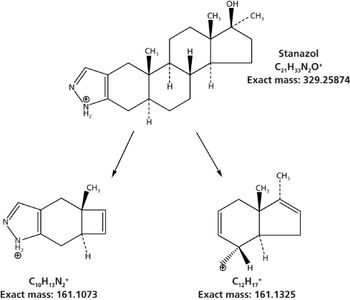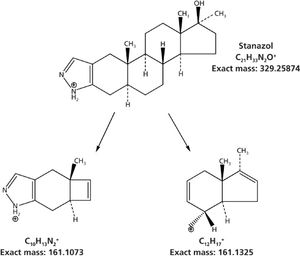
Environmental analyses of food, soil, and water have changed dramatically over the last decade. Topics such as pesticides, food additives, and natural products have become important as food products are globally grown and distributed (1). Monitoring their quality is critical to international business. Pharmaceuticals, fluorinated surfactants, and endocrine disruptors in water are major new topics, where not only parent compounds are unknown but also their metabolites and degradation products are often more important or more abundant than the parent compound (2). New environmental issues, such as hydraulic fracturing and its wastewater, have captured our attention as the production of oil and gas has increased exponentially in the past decade (3). With this technology comes the problem of wastewater disposal and groundwater contamination. These environmental issues have greatly benefited from the combination of ultrahigh‑performance liquid chromatography (UHPLC) mated to high resolution mass spectrometry (HRMS






